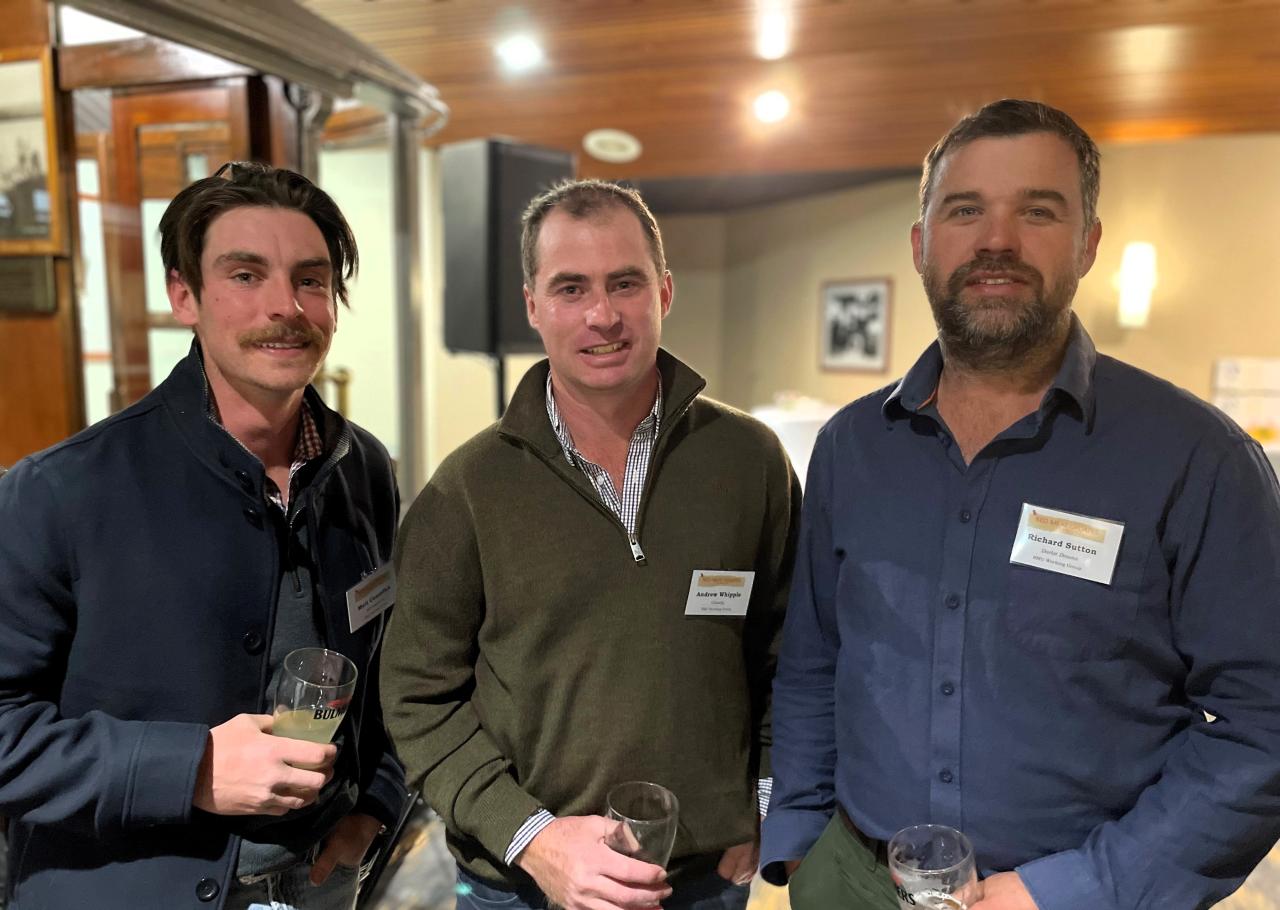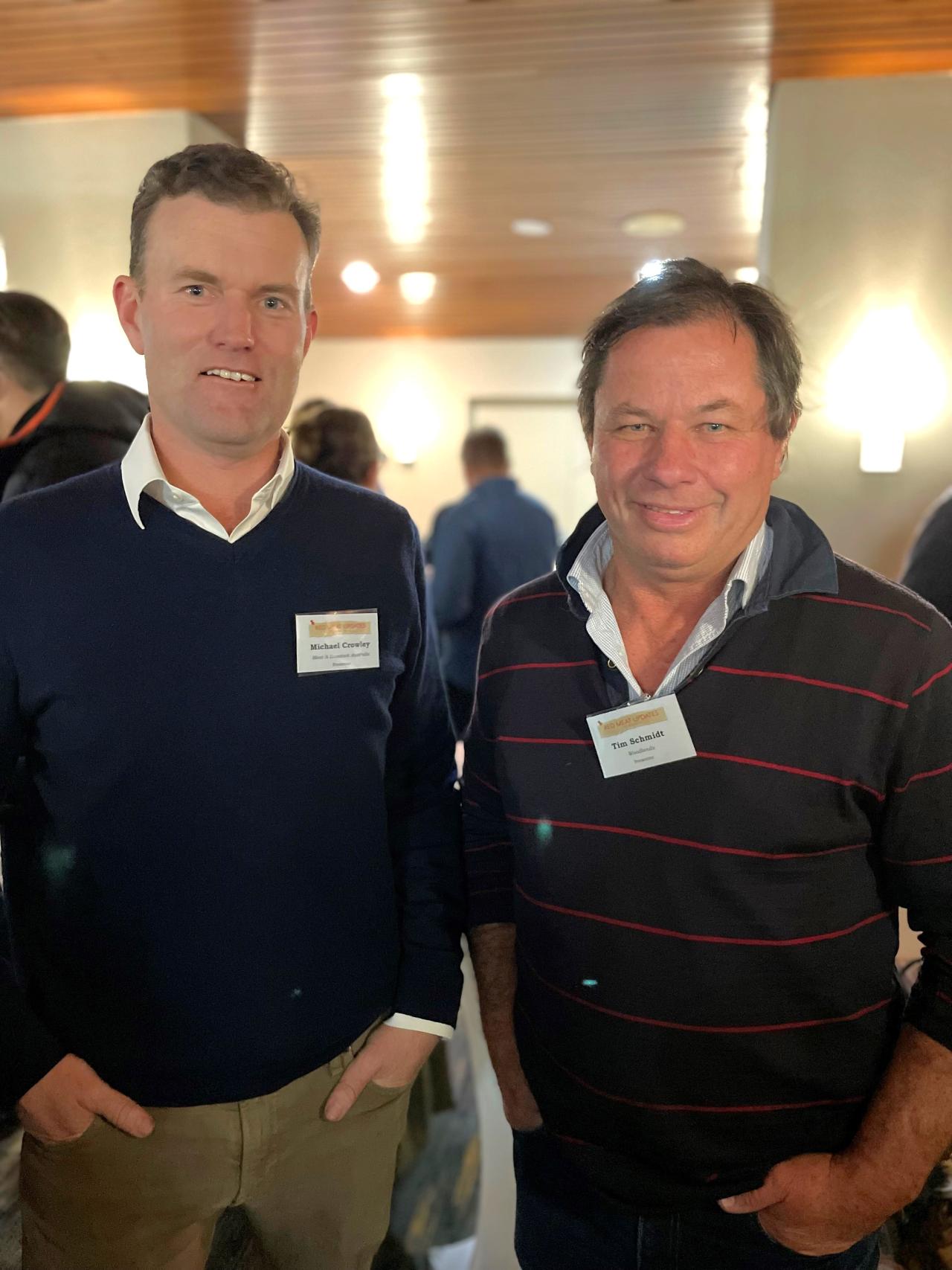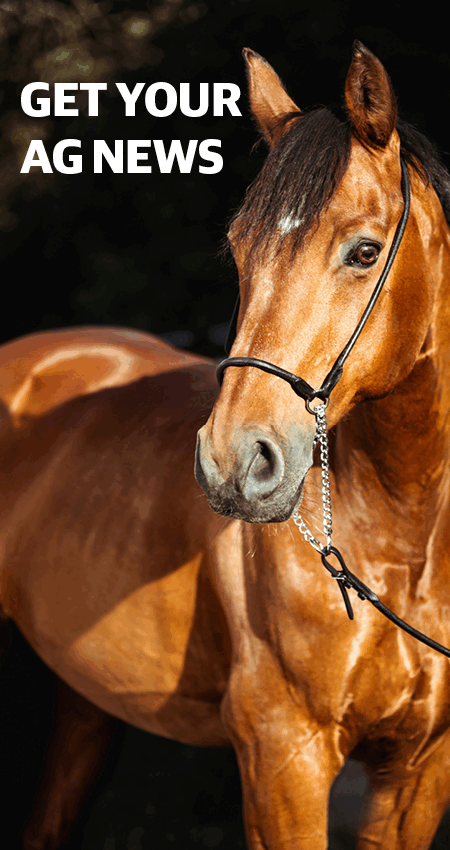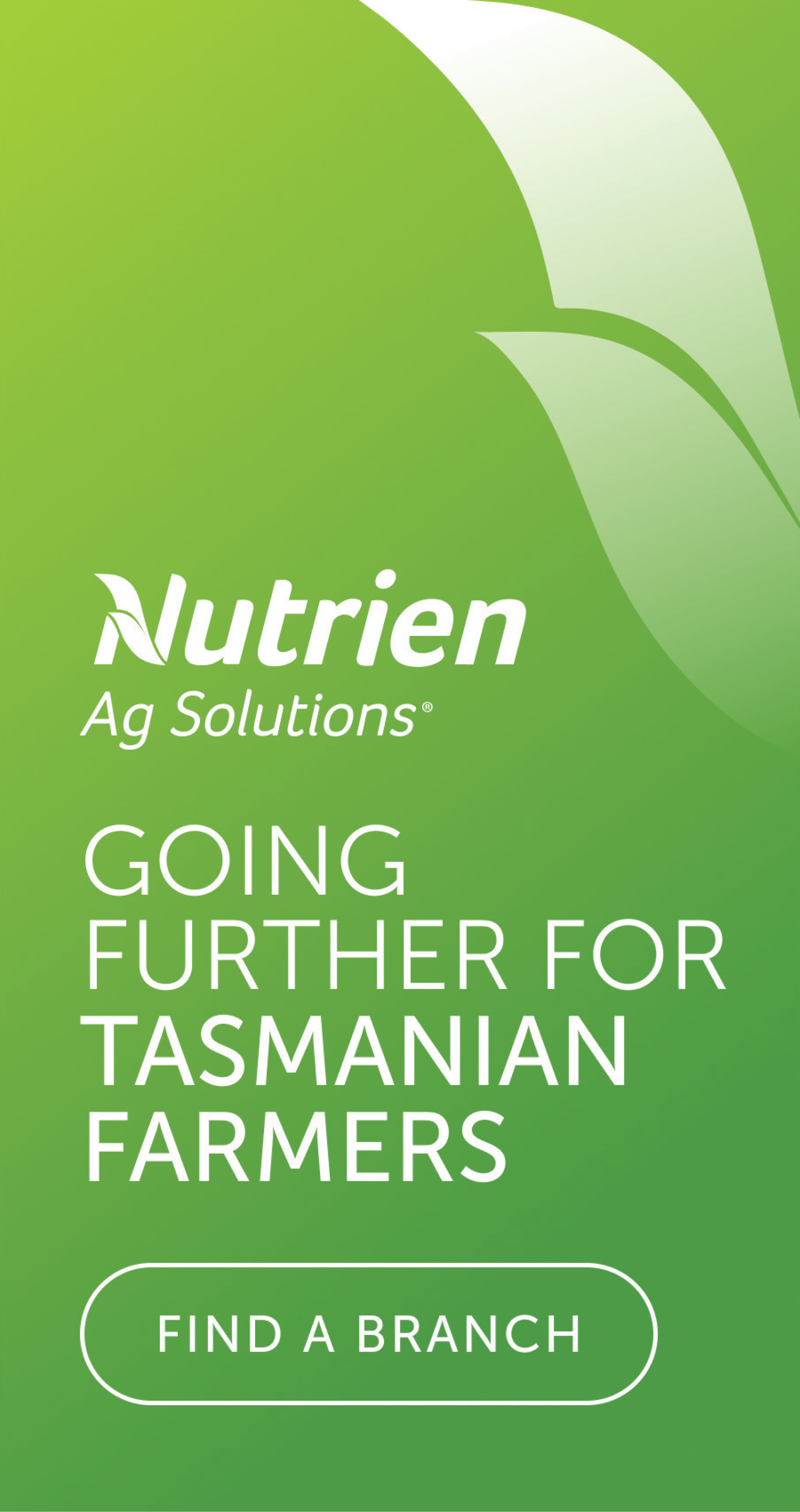Red meat industry challenges addressed

Red Meat Updates working group chair welcomed livestock industry leaders to a networking event in Launceston on Thursday ahead of Friday’s conference in Riverside.
Working group chair Matt Connellan said that interest in the event had been higher than ever and that its goal to provide information, inspiration and foster networking within the Tasmanian red meat industry was proving successful.
“The program is designed by a producer-led working group, which ensures the event is relevant and valuable to attendees each year,” he said.
“Red Meat Updates was first held in 2013 and has continued to grow ever since, attracting more than 350 people each year including producers, industry professionals and sponsor organisations linked with the Tasmanian red meat industry.”

“It covers a range of production, business, and supply chain topics under the areas of beef, sheep, and pasture.”
This year’s program included an update and outline of Meat and Livestock Australia’s new strategic direction presented by managing director Michael Crowley, a Tasmanian Institute of Agriculture presentation on establishing legumes in mixed pastures by Rowan Smith, and a virtual farm tour by Pinion Advisory of Jock Hughes’ Cluden Newry Pastoral at Jessiefield, Longford.
Mr Crowley said he was delighted to be a part of the Red Meat Updates.
“This is a very successful format to bring everyone together to learn more about the future of the read meat industry and what is happening on both the local and global stage,” he said.
“I’ll be talking about our strategy that is designed to deliver amazing impacts for livestock producers by 2030, with our investment in research and development, marketing and market access positioned to take the industry forward.
“We’re starting from a very strong base but there’s a lot of interesting challenges to solve over the next five years.

Mr Crowley said he believes that being demand-driven and outcome-focused as an industry is a big opportunity as a supply chain to capture more value for the production sector.
“We do a very good job on all components on the supply chain, where we work on genetics, livestock productivity, animal health and welfare, feeding and finishing animals, but we can do a lot better job on understanding customer and consumer requirements of our industry - thinking about brand specifications, being quality-focused and how we need to respond as a production sector will unlock a lot of value.”
Speaking on the back of yesterday’s announcement that American beef imports will resume into Australia, he also noted that MLA does a lot of work on market access, supporting the industry to get preferential access under free trade agreements as well as solving technical barriers to trade.
“I've never seen more disruption than what Trump’s tariffs have caused around the world, but for Australia we've been able to create opportunities off the back of that disruption,” he said.
“We'd love continuity in our trade relationships going forward - the US is our largest market for beef, lamb and goat out of this country, but they are also a big competitor.
“The US has had access to Australia since 2019 but the issue for them has been the cattle that they buy from Mexico and Canada that are fed and processed in the US not being eligible for export to Australia, so the review that the government has done will allow that product to come to Australia.
“The economics under the current conditions, with livestock prices being very high in the US and the demand for protein and red meat in the US means that I don't think we're going to see a lot of product coming here, but having the ability to access our market is something they’ve been looking for, for over a decade.”




Add new comment